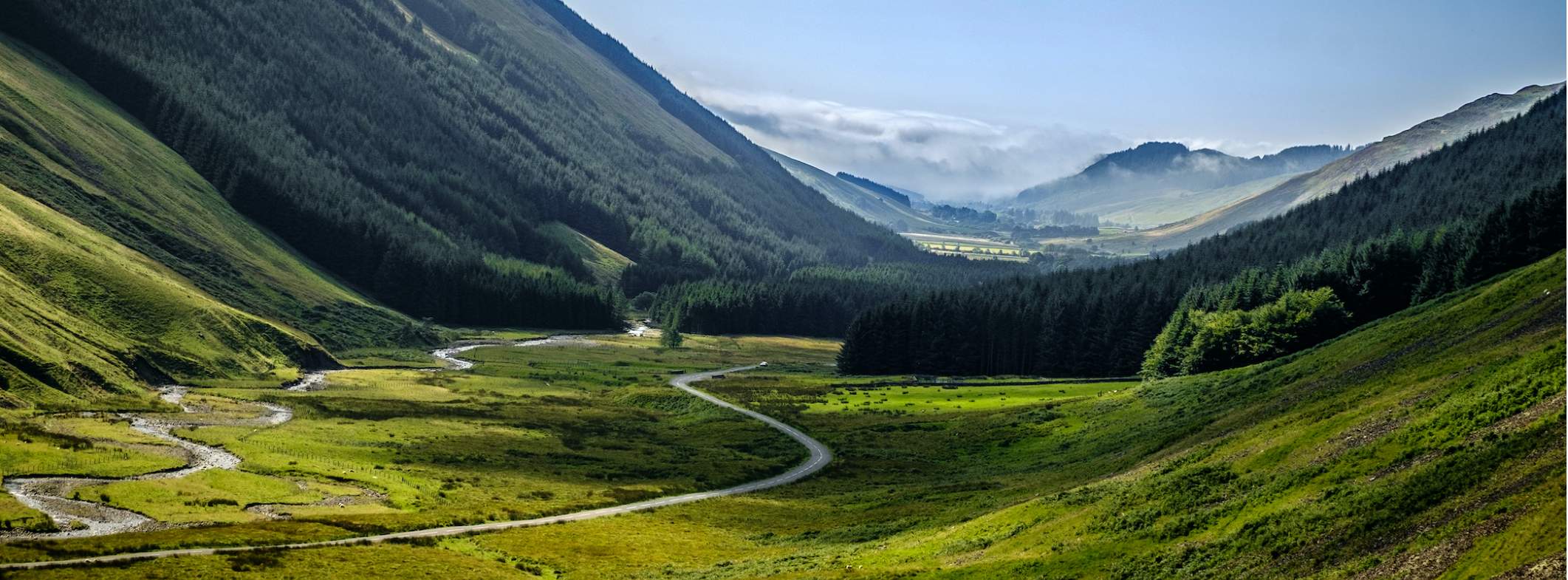Though it’s a phrase we hear a lot, understanding what natural capital is and its relevance to rural businesses can sometimes be a challenge (see In plain English: Natural capital). Increasingly, however, it has become the currency of environmental policy on an individual, national and global level and is particularly significant for rural businesses in Scotland.
Holyrood has pledged to exceed the rest of the UK in environmental targets for tree planting, peatland restoration and decarbonisation. With the eyes of the world turning to Glasgow this autumn for COP26, and with nature a key theme for the event, there is pressure to deliver.
The pattern of landownership in Scotland can be politically contentious, however it provides the opportunity for rapid landscape-scale habitat restoration and carbon sequestration, both of which have huge potential to contribute to reversing the climate and biodiversity crisis.
Furthermore, Scotland’s land managers are resourceful, often managing the full spectrum of land capability within one holding. This makes them agile and eager to support changing land use when new opportunities emerge.
The political climate in Scotland, which increasingly scrutinises landowners’ contribution to society, is only incentivising land managers to demonstrate responsible stewardship of their natural assets. Rural businesses across the country are redoubling their green commitments and looking to develop long-term environmental strategies.
Environmental baselining
For many, the starting point is understanding their current environmental status in the form of a whole business emissions audit. This is essentially baselining the net emissions produced by the organisation and developing a strategy for reducing those over time.
We have carried out audits for a range of rural businesses, from a 3,000 hectare diversified rural business comprising a mixed farming operation, events enterprise, let residential and commercial property portfolio, to an audit for a 500 hectare upland landholding comprising an extensive livestock unit, forestry and habitat creation schemes, renewable energy and a diverse tourism offer.
The process identifies opportunities to maximise the environmental benefits a rural holding can provide, enhancing the capacity of woodland and other perennial biomass to sequester carbon, reducing the net carbon balance of the business, but also habitat and ways to support biodiversity.
Often audits point to agriculture as a principal carbon emitter and our regenerative farming consultant, Lachlan Scott, is already supporting a number of clients to transition to techniques that reduce emissions and encourage soil health and biodiversity.
Nature-based carbon schemes
The team is also delivering nature-based carbon schemes, ranging from farm to landscape scale, a key example being a habitat creation scheme in the Cairngorms that extends to nearly 1,500 hectares of native woodland, validated under the Woodland Carbon Code, to sequester carbon and support a portfolio-wide bid for net zero.
Indeed our specialists have been working closely with Peatland ACTION and the IUCN to deliver Peatland Carbon Code accredited projects which can produce high-quality domestic carbon offsets for use in-house by the rural business or for export to other organisations who are seeking to offset their unavoidable emissions. Both peatland and woodland carbon schemes are increasingly being developed in partnership between corporate and landowning bodies aimed at meeting shared environmental objectives.
Scotland is rich in potential for land managers to enact real, measurable benefit to the environment. When managed with the environment in mind, the land is a resource with the capacity to draw down harmful emissions, store them, grow plants and trees that lock up carbon, all while supporting our wildlife that is in such steep decline.
Understanding the importance of natural capital has a crucial role to play in the responsible stewardship of Scotland’s remarkable landscape, be it the restoration of thousands of acres of peatland or a humble hedgerow.

.jpg)
.jpg)
.jpg)
.jpg)

.jpg)


.jpg)
.jpg)